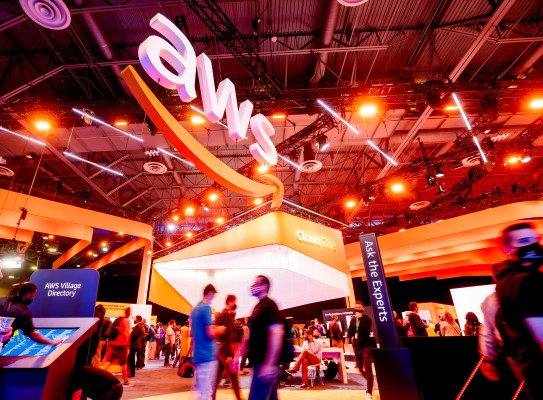Latency is critical for a lot of workloads, yet the large cloud providers typically build their major data centers where the electricity is cheap and the local tax incentives high. In recent years, though, we’ve seen a new twist on this with projects like AWS’ Local Zones. These are small data centers adjacent to major population centers that provide core cloud features for applications like gaming, video streaming or machine learning inference that require low latency connections.
Today, after first teasing this announcement at its re:Invent conference last year, AWS is announcing a major expansion its original set of 16 Local Zones to 48.
These new zones will be located in cities across 26 countries: Amsterdam, Athens, Auckland, Bangkok, Bengaluru, Berlin, Bogotá, Brisbane, Brussels, Buenos Aires, Chennai, Copenhagen, Delhi, Hanoi, Helsinki, Johannesburg, Kolkata, Lima, Lisbon, Manila, Munich, Nairobi, Oslo, Perth, Prague, Querétaro, Rio de Janeiro, Santiago, Toronto, Vancouver, Vienna and Warsaw. Until now, Local Zones were only available in the U.S.
The promise is that developers will be able to give their users in these cities single-digit millisecond performance for their applications.
“The edge of the cloud is expanding and is now becoming available virtually everywhere,” said Prasad Kalyanaraman, vice president of Infrastructure Services at AWS, in today’s announcement. “Thousands of AWS customers using U.S.-based AWS Local Zones are able to optimize low-latency applications designed specifically for their industries and the use cases of their customers. With the success of our first 16 Local Zones, we are expanding to more locations for our customers around the world who have asked for these same capabilities to push the edge of cloud services to new places. AWS Local Zones will now be available in over 30 new locations globally, providing customers with a powerful new capability to leverage cloud services within a few milliseconds of hundreds of millions of end users around the world.”
